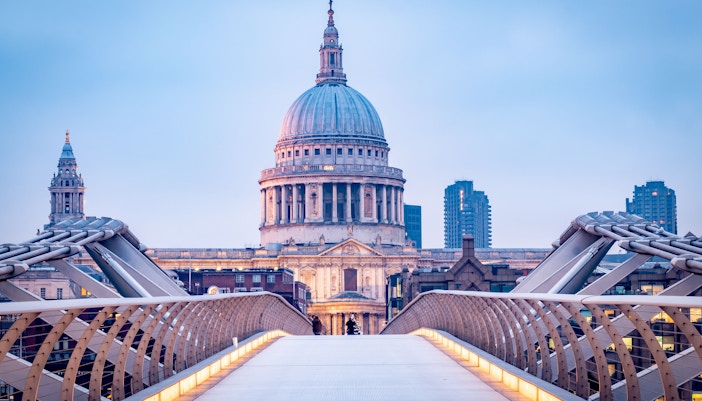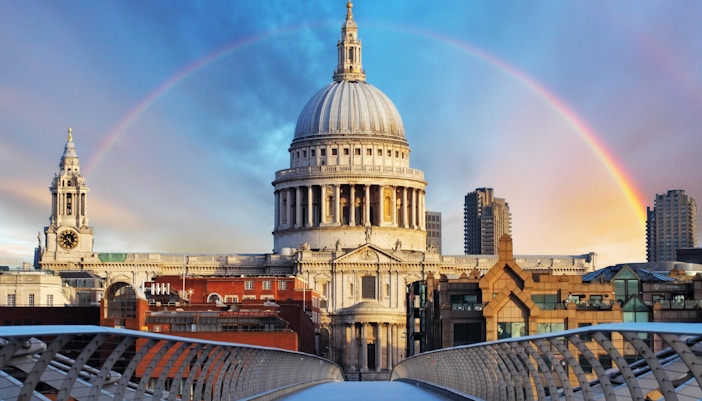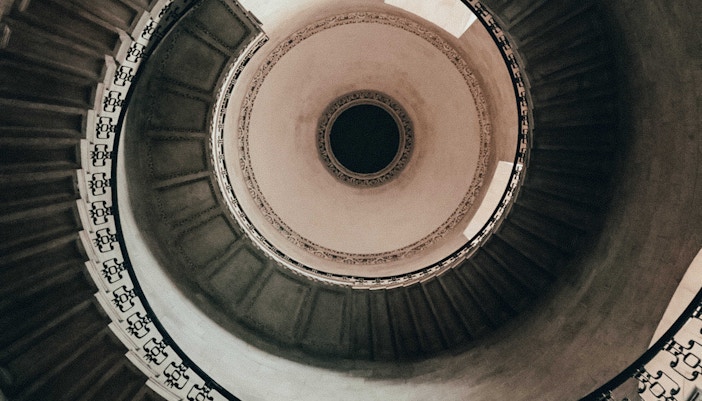In 1914, suffragettes aimed to bomb St Paul's Cathedral, targeting the Bishop's throne with a powerful explosive device housed in a can of mustard. Thankfully, it was discovered before detonation, as it could have caused significant damage. Their violent methods, including arson, were controversial, though their cause for women's suffrage was just.



